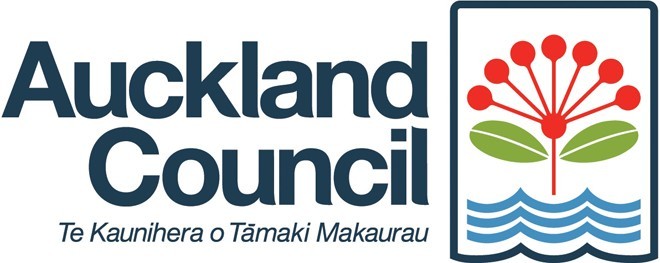Stellar helps Auckland Council integrate almost a million cemetery records for the ‘Super City’

Location: 135 Albert Street, Auckland, New Zealand
Website: https://www.aucklandcouncil.govt.nz/
“The Stellar team added real value to this project both in identifying issues with the data and helping us to understand the risk and options for mitigation. Cemetery data is absolutely critical to our success and having confidence in the data migration team was as important as getting the functionality of the system right.”
Catherine Moore,
Auckland Cemeteries Manager
Auckland is not just New Zealand’s largest city; it’s big by any standard.
There are 1.6 million people living in the city, and about half a million recorded graves in 56 cemeteries, ranging from tiny burial grounds on Great Barrier Island to the sprawling 108-hectare Waikumete Cemetery.
Until 2010, cemeteries were managed by four local councils, three district councils and one regional council. Then, the councils merged to form a single Auckland Council, and cemeteries management was also unified.
The challenge
Auckland Council has undertaken to drive operational integration of the former councils and to consolidate disparate IT systems into a centralised SAP solution. As part of its transformation, the Cemeteries business unit identified six requirements:
- Improve value for money for Auckland ratepayers and residents.
- Create a consistent public experience across different regions.
- Consolidate business practices and data to comply with the Cemeteries and Crematoria Bylaw (2014).
- Reduce manual workarounds and provide an auditable trail of evidence to demonstrate compliance.
- Allow data to be accessed anywhere from one central system.
- Replace/update outdated technologies.
“The cemeteries team were working with records in five separate systems, most of which contained data that had already been migrated from multiple systems,” says Catherine Moore, Auckland Cemeteries Manager.
“We also had over 100 spreadsheets that we tracked information in. There was critical information such as email addresses and mobile phone numbers in notes fields because there wasn’t an identified location for that information. Mapping was paper-based. Financial systems were complex and not integrated with cemetery information.”
Stellar’s approach
Stellar Consulting has a longstanding relationship with Auckland Council and is a preferred vendor for data migration and BI projects. Stellar was approached in early 2017 to assist with scoping the cemeteries data migration.
Subsequently, the data migration project was awarded to Stellar and began in June 2017 with launch scheduled for April 2018. Data was migrated from the five source systems to a centralised SAP ERP solution.
“The total number of records was close to a million,” says Stellar’s Charlie Anstey, the Data Migration Lead on the project. “That includes not just records of the deceased, but also records of every memorial and every owner of a burial plot. Some of these records date from the early 1800s.”
The data migration challenge was large and complex. The team followed a structured methodology to prepare data for loading and this, combined with project and risk management disciplines, ensuring that the migration was completed on time and in the budget.
Data quality, step by step
- Validation
Source records were checked against various criteria, e.g. completeness, using SAP Data Services. Data that qualified for migration was “selected” and proceeded to the enrichment and transformation step. - Enrichment and transformation
Validated data was enriched and transformed according to rules provided by the business and the SAP functional team, for example, to analyse and transform free text data in the Plot notes into Customer Master Data. - Export of data to load files
Data was exported to the load files, which were then imported into the two target systems. - Reconciliation
Once data had been imported, the numbers of successful and error records were updated on a reconciliation dashboard. Any failures were referred back to Cemeteries staff for follow-up.
Immediate improvement
Ms Moore says her team is now able to provide consistent service across all cemetery locations. “As a result of bringing all our data into one system, we’re able to make better decisions because we have the required information in one place.”
The business unit operates in a consistent manner – with templates, forms, data input, SLAs, KPIs, Health and Safety, and ‘Ways of Working’ – auditable against the Cemeteries and Crematoria Bylaw and Code of Practice.
Data can be shared and accessed across sites, and staff can work at any site, ensuring business continuity.



